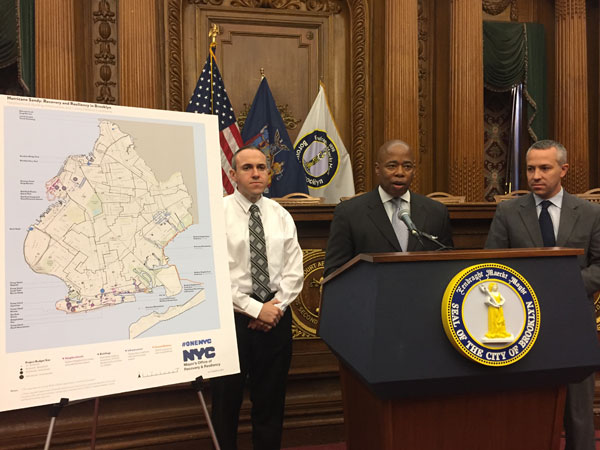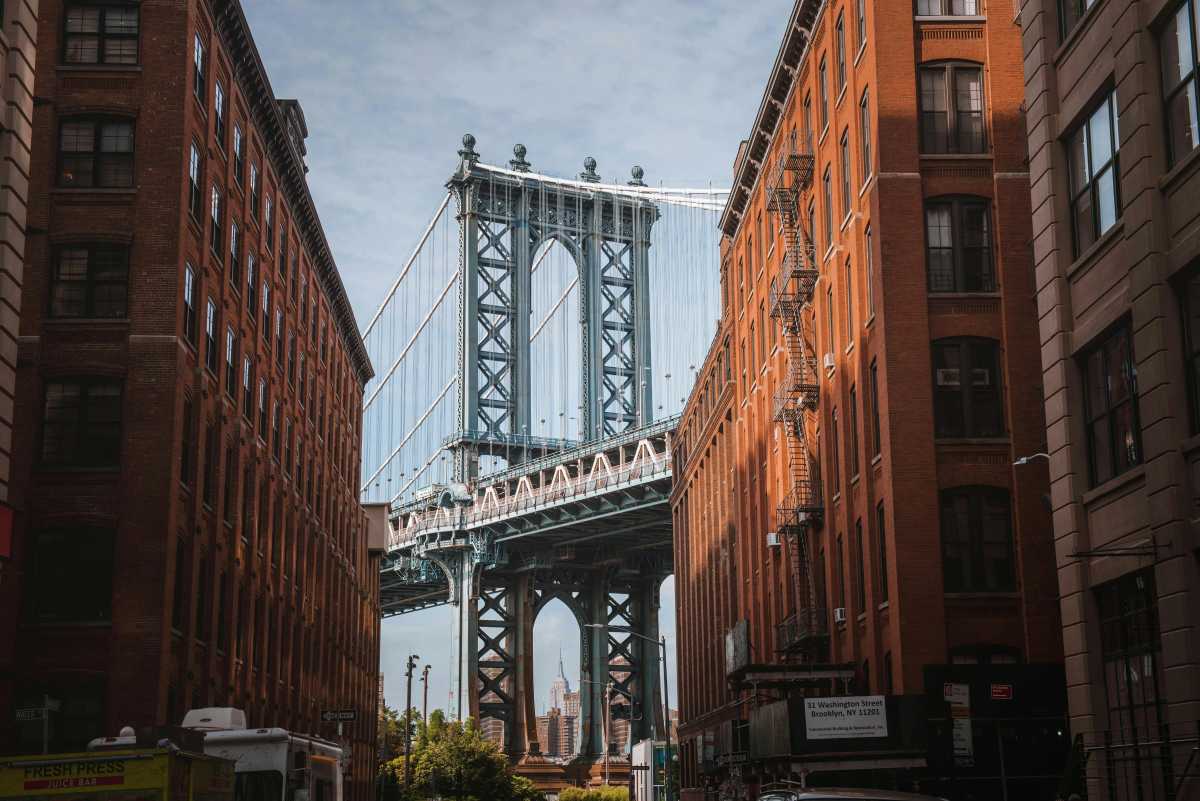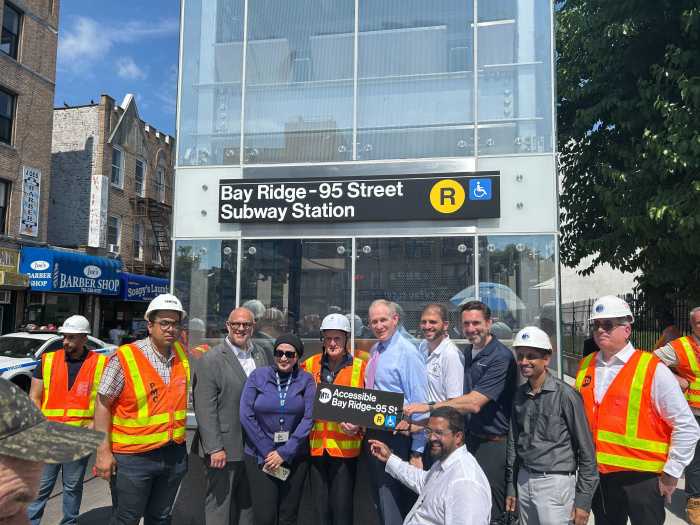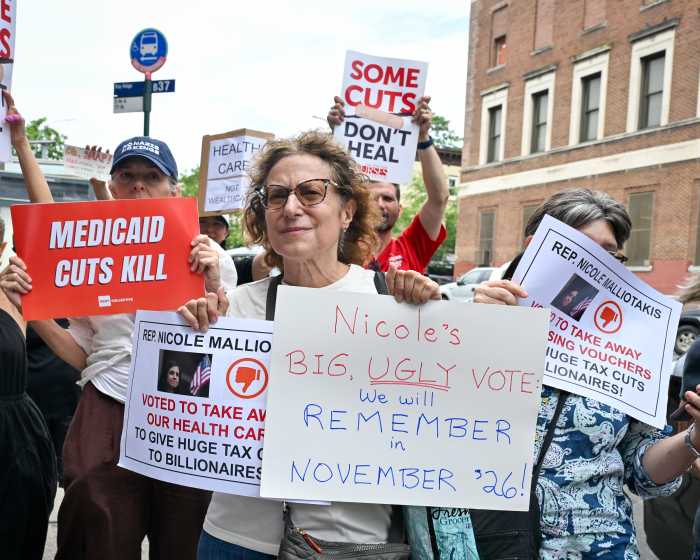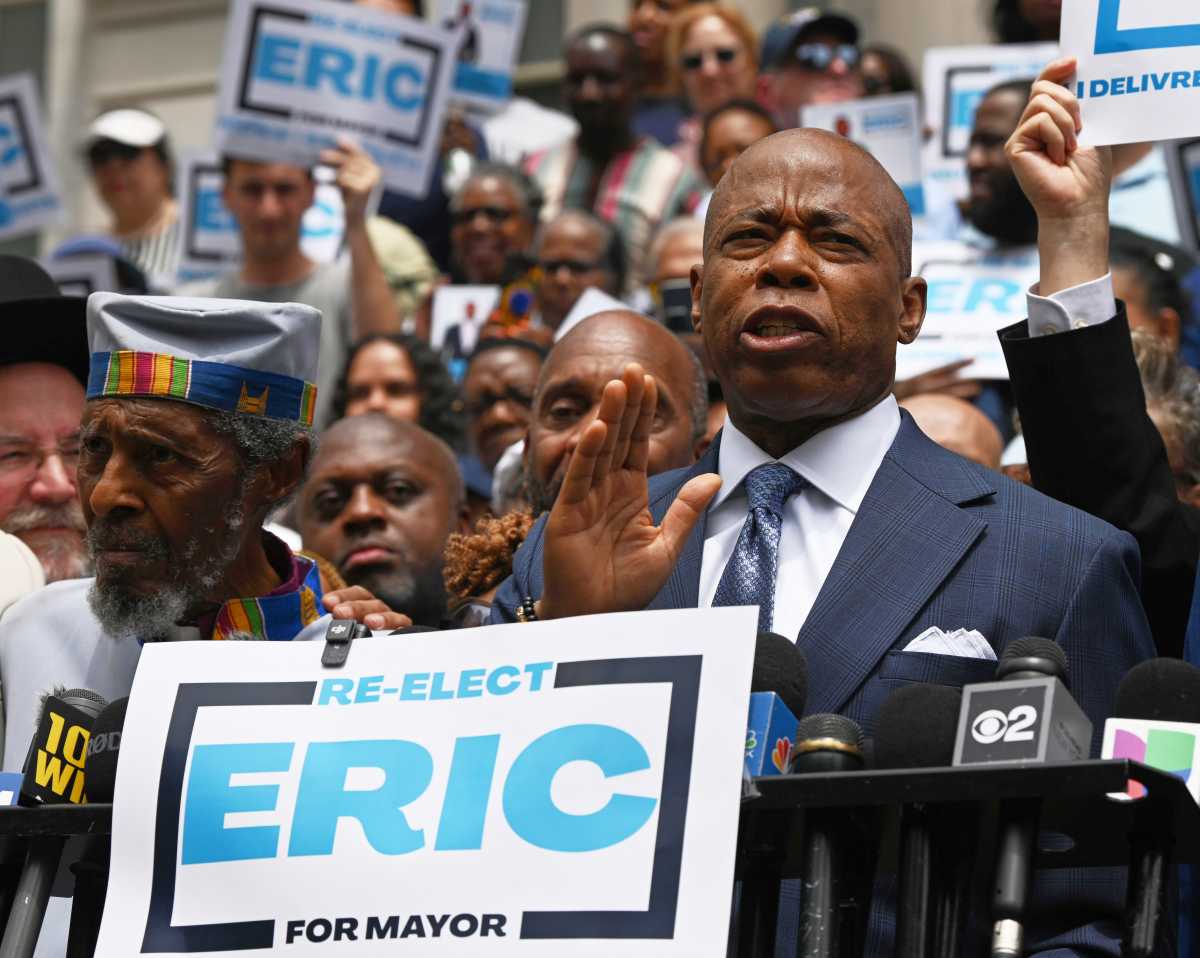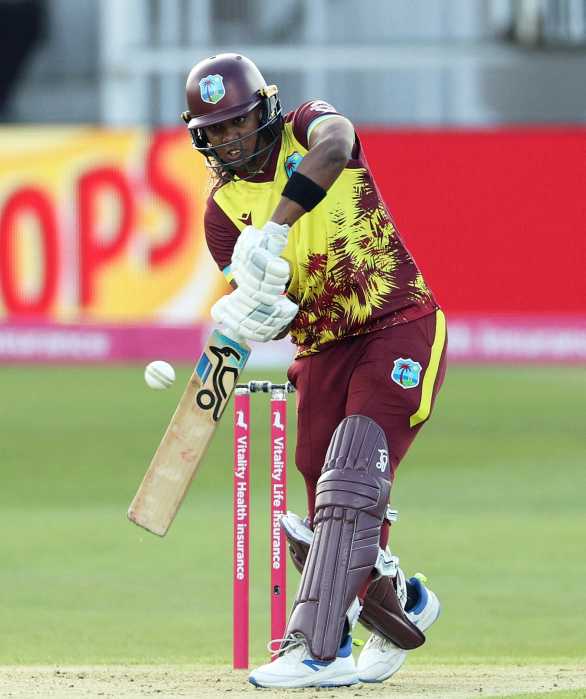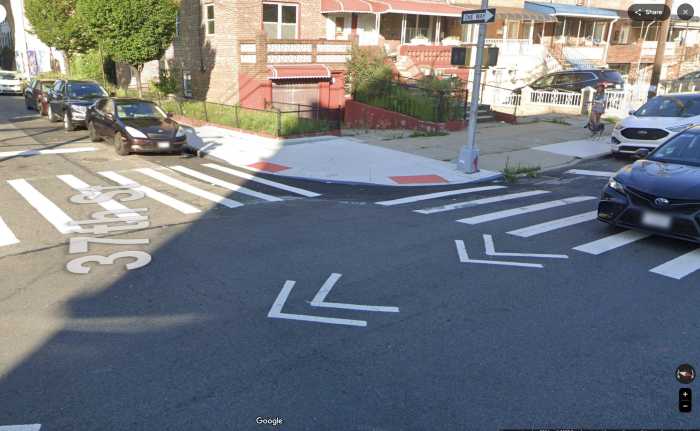City officials want Brooklynites to help crack the whip on storm-protection projects.
The Mayor’s office released a map of ongoing storm resiliency projects in Brooklyn on Oct. 30 so citizens can keep informed and put pressure on officials to make infrastructure improvements before the next disaster hits. The map shows projects and dollar amounts behind them, but could go further to give citizens time lines for completion, contractors responsible for projects, and other information that the public needs to critically access resiliency work, an official from the Mayor’s office said.
“This is a first step,” said Office of Resiliency and Recovery director Daniel Zarrilli. “Right now, it is static. We’re going to be working over the next several months to make sure it is online and interactive. It’s not yet there but it will be.”
Repairs to public housing boilers, tidal barrier studies in Coney Island Creek and the Gowanus Canal, and coastal replenishment efforts are among the projects the map identifies.
A task force composed waterfront council representatives, Borough President Adams, and the mayor’s office generated the map.
It will build on previous accountability measures, such as the city’s Hurricane Sandy funding tracker, a tool that outlined which contractors the city paid for disaster reconstruction through the federally funded Build It Back program started under then-Mayor Bloomberg. Analysis of the tracker revealed last year that a 18 months after the historic storm, contractors had received nearly $20 million to administer Build it Back, but disaster victims had received just $1.63 million. Mayor DeBlasio re-tooled the program last year, and he announced this week he plans to reimburse, or repair the homes of, the more than 9,000 people accepted into Build It Back’s single-family home-repair program by the end of 2016.
The map will allow for greater transparency than the funding tracker, according the pol who leads the council’s committee on recovery and resiliency.
“This is going a step beyond the Sandy Tracker in my opinion,” said Councilman Mark Treyger (D–Coney Island). “That monitors Sandy spending, but it certainly does not monitor time lines and where projects are at.”
The map, available on the city’s website, does not include Build It Back projects.


